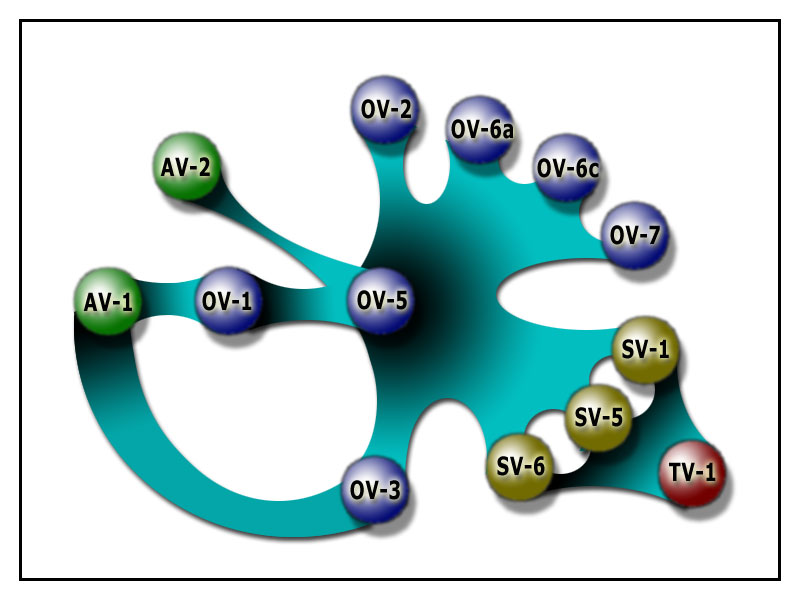An enterprise architecture is a blueprint of an organization’s structure, processes, data and technology. The purpose of an enterprise architecture is to document and communicate a cost-effective, long-term solution for an organization’s technology needs.
As an organization grows and becomes more complex, users of the information systems make additional and greater demands on information resources. Users demand information that is timely, accurate, and consistent. New or modified applications must be flexible and share information across an enterprise. These challenges are addressed by the mission of the IS organization – provide high-quality information to all who need it. Defining an enterprise architecture is a current approach to planning for high-quality information and achieving the IS mission.
As with many approaches to solving problems, there exist several methodologies for Enterprise Architecture planning. The Zachman Framework is widely used in the private sector. Federal Enterprise Architecture (FEA) is employed by the civilian public sector. Department of Defense Architecture Framework (DoDAF) is the approach used for the military public sector.
As the name suggests, the Department of Defense has a preference for DoDAF. This EA framework consists of 26 work products organized into four views. Each work product describes an organization’s environment in an Operational, System, Technical, or All view. While DoDAF continues to evolve, the current set of work products required for an enterprise architecture include the following:
- AV-1 Overview & Summary Information
- AV-2 Integrated Dictionary
- OV-2 Operational Node Connectivity Description
- OV-3 Operational Information Exchange Matrix
- OV-5 Operational Activity Model
- OV-6a Operational Rules Model
- OV-6c Operational Event-Trace Description
- OV-7 Logical Data Model
- SV-1 Systems Interface Description
- SV-5 Operational Activity to Systems Function Traceability Matrix
- SV-6 Systems Data Exchange Matrix
- TV-1 Technical Standards Profile
The following diagram shows the relationship and flow of information between these products.

Back to Enterprise Architecture

